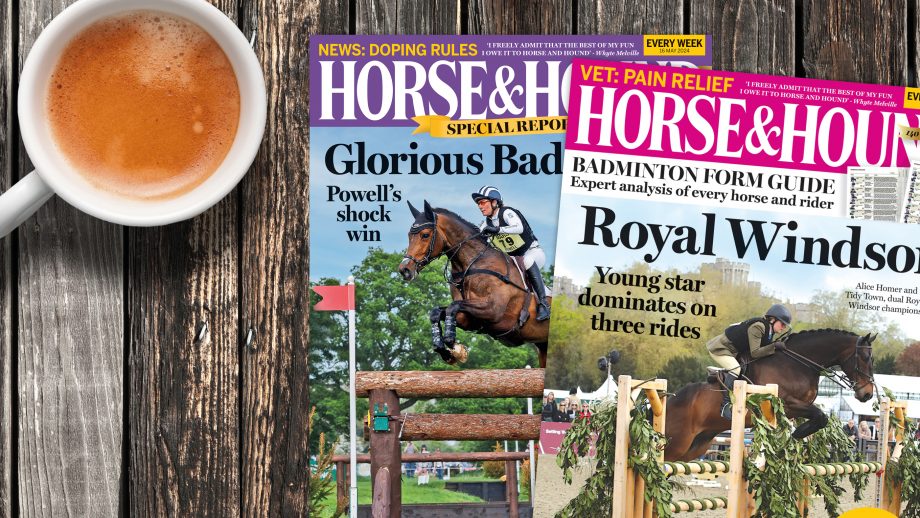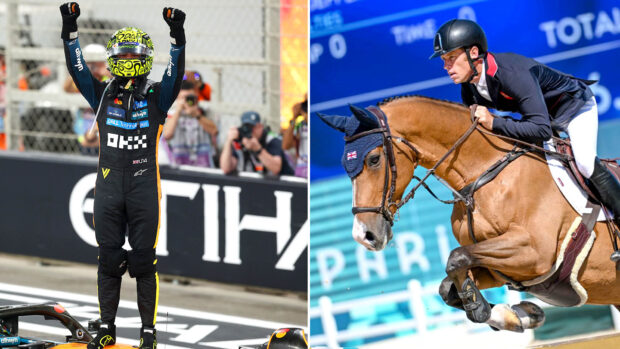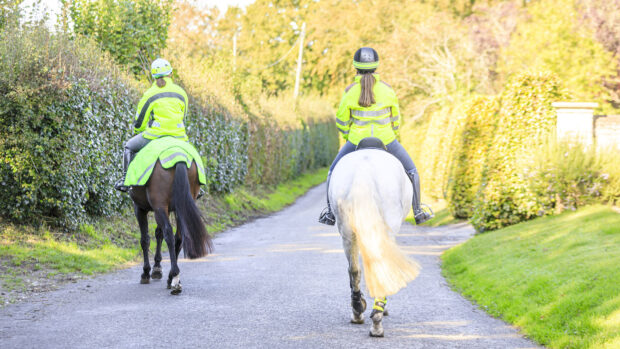Double bridles are not an issue in themselves – but education on their use and constant learning in all areas of equestrianism are key to continuing to improve equine welfare.
These are the messages from researchers who found that double bridles exert similar or less nasal pressure and rein tension than snaffles in elite horses.
H&H reported on the initial findings of the study, presented by researcher and biomechanics expert Russell MacKechnie-Guire at the British Equine Veterinary Association Congress last year.
The full open-access paper has now been published, in Animals, and Dr MacKechnie-Guire and Rachel Murray, a leading clinician and researcher, told H&H they hope the research, thought to be the first to compare doubles and snaffles in this way, will pave the way for future investigation.
“There’s been considerable discussion relating to double bridles, but there’s been limited research in this area,” Dr MacKechnie-Guire told H&H. “There are lots of opinions about the double bridle, but evidence is needed to support decision-making. As a first step, this study, advances our understanding, although more work is needed, such as on measuring oral pressures.”
The study involved high-level dressage horses, used to being ridden in snaffles and doubles, with their usual riders. A vet assessed them and bridle fit was checked.
“We found little differences in noseband pressures,” Dr MacKechnie-Guire said. “The differences were small, and the double didn’t increase noseband pressures, as often suggested. Interestingly, total rein tension was similar, or slightly less for the double in trot.
“Because the double has two bits, the same force is distributed over two; spreading the same load over a greater area, versus a snaffle putting it all on one area, may reduce localised pressures.”
Dr MacKechnie-Guire said the tension on the curb bit was considerably lower than on the bradoon, indicating that these riders were using the double correctly. The team found higher pressure on the headpiece in the double, but this correlated to the weight of the extra bit rather than its action.
“It’s a controversial area, but we need to consider whole bridle fit, and think about headpiece design and shape to distribute the pressure over a greater area,” he said.
Dr MacKechnie-Guire added that the results are interesting as they contradict some opinions of doubles – but there are some riders who use them incorrectly.
“The double should not be used to mask training issues, it’s a refining aid in the hands of extremely skilled riders,” he said. “If you’re unsure you’re using it correctly, or are considering using a double, seek advice from an experienced coach.”
Classical principles
Dr Murray told H&H an interesting point is that the study backed up classical dressage principles, such as riding with less pressure on the curb.
“In a snaffle, riders have a less refined way of explaining to the horse what they want, because they have to apply, in effect, more pressure to one place, rather than less pressure, or pressure distributed in two different places, so the horse can understand it better,” she said.
“If you ride at an elite level this is not surprising, and in my experience of riding at grand prix level, if I’ve got a really well-trained horse, and I’m in balance, I can apply a lighter aid or a more refined aid; I can explain it much more easily if I’ve got two places I can explain it from.”
Dr Murray added that the goal is always trying to communicate clearly to the horse – and that any equipment can be harmful in the wrong hands.
“We need to educate people so they use whatever they’re using to interact with their horse in a good way,” she said. “The problem is people and how they use things generally, not the equipment.
“In research, sometimes what you find is not what you’re expecting, and it just brings up more questions. But what was really quite interesting about this study is that it all made sense.”
- To stay up to date with all the breaking news from major shows throughout 2025, subscribe to the Horse & Hound website
You may also be interested in:

Double bridles create less pressure than snaffles in elite dressage horses, research finds

How to ride in a double bridle

Proposed ban on double bridles and riding behind the vertical debated in European Parliament

The double bridle debate – the facts, the opinions… and the politics

Subscribe to Horse & Hound magazine today – and enjoy unlimited website access all year round




